The amazing tale of the Waterloo Cup, the other event created by the man who invented the Grand National
The Grand National is woven into our collective identity, but few people today know of the other event created by the same man – one which was, in its day, far more successful, and was hailed as once Britain’s biggest sporting event. Adrian Dangar looks back on coursing’s extraordinary Waterloo Cup.


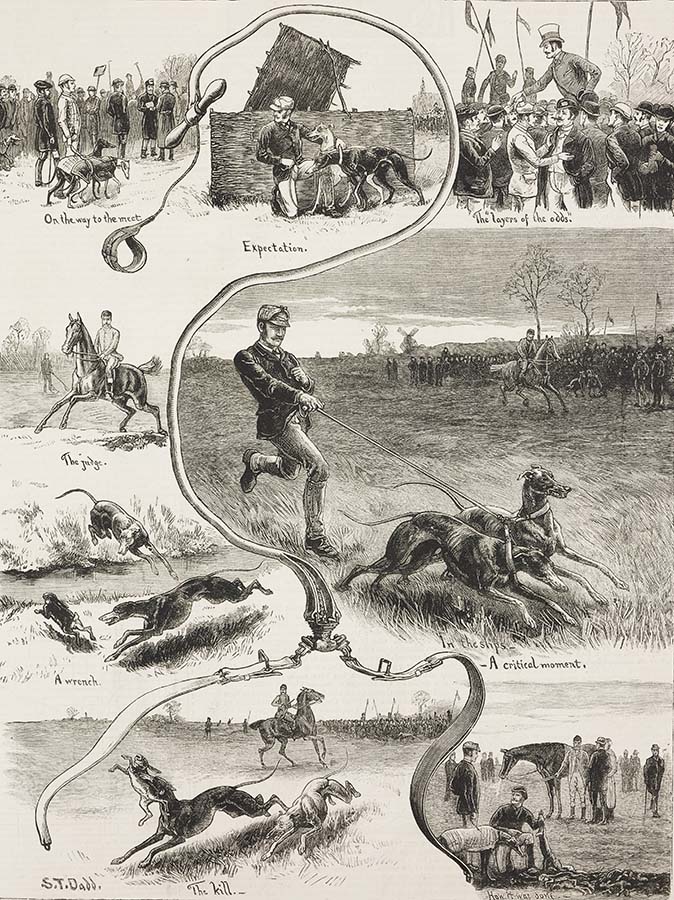
It was in a league of its own. Never mind Royal Ascot, Wimbledon and the Premier League: in the late 1800s, coursing’s Waterloo Cup attracted more spectators during its three-day February meeting than any other event in Britain.
Run on Lord Sefton’s estate at Altcar, a few miles north of Liverpool, as a knockout competition between 64 pure-bred greyhounds, it had such considerable gravitas that carrier pigeons conveyed the results to major cities across the country and when news of the winner reached London, the Stock Exchange shut down for the rest of the day.
Lord Lurgan’s greyhound Master McGrath, who won three times during Queen Victoria’s reign, became a household name and was summoned to appear at Windsor Castle.
Who then could have imagined how things would turn out? The Hunting Act (2004) sounded the death knell for coursing in Britain and the last Waterloo Cup was staged a few days before the ban became law in 2005. However, the sport had already slipped a long way down the scale of favourite national pursuits and its sad demise went largely unremarked.
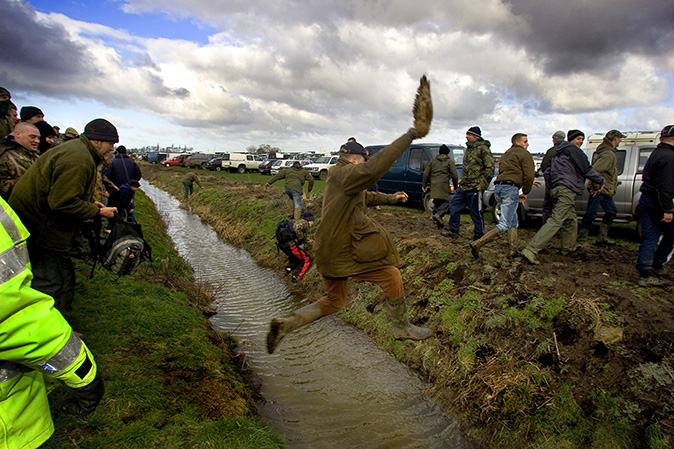
Two months later, and a few miles to the south, more than 70,000 spectators flocked to Aintree to watch Hedgehunter triumph in the 158th running of the Grand National, a race that has captivated the nation and spun fairytales from dreams ever since its inception.
Such dreams have been shattered and fulfilled in almost equal measure – witness Devon Loch’s bizarre stumble yards from the winning post that cost the Queen Mother victory in 1956, Bob Champion’s inspirational comeback from cancer to triumph on Aldaniti in 1981 and Foinavon’s victory at 100–1 after most of his rivals fell at a fence that forever after took his name.
I wonder how many among the huge crowds that gather to watch the National each April are aware that coursing’s equivalent at Altcar was once considered to be the superior event?
Exquisite houses, the beauty of Nature, and how to get the most from your life, straight to your inbox.
Or that both were the brainchild of a Liverpool hotelier called William Lynn, who opened the Waterloo Hotel in Ranelagh Street in 1818?
“Prior to his death in 1870, the man who created the Grand National referred to his Aintree venture as ‘a most unlucky speculation’”
Within 10 years, Lynn was sufficiently well established to lease some 800 acres of land at Aintree from Lord Sefton, where he laid out a Flat-racing course and built a grandstand, stables and cockpit that was patronised by the 12th Lord Derby.
Lynn was also granted the right to a day’s coursing each year on his landlord’s nearby Altcar estate—a wild, flat and featureless landscape that was home to an especially strong strain of hare. Early sorties developed into the first Waterloo Cup in 1836, which was won by Milanie, owned by Lord Sefton’s eldest son, who collected £16 and a silver snuffbox.
The successful owner later described his friend Lynn as being ‘as good in his field as was the Duke of Wellington in his’.
By then, Aintree had been given over to steeplechasing and, in 1839, Lynn decided to capitalise on the popularity of his coursing contest by staging the very first Grand National on what would have been the final day of the Waterloo Cup, allowing those greyhounds left in the competition 24 hours’ rest before the final.
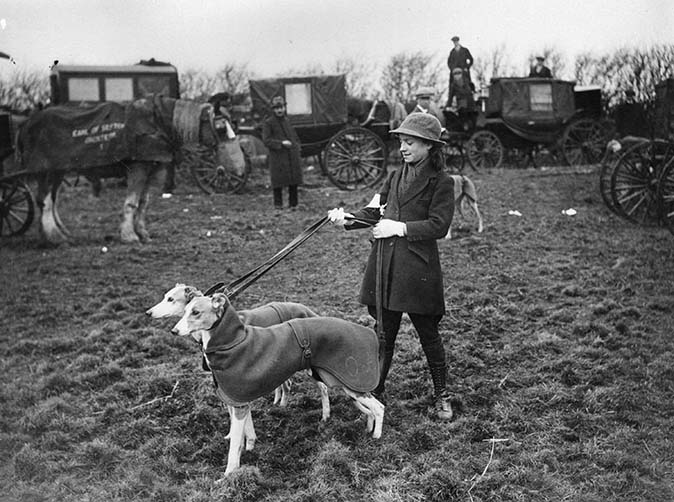
A crowd of 50,000 watched Jem Mason ride Lottery to victory at Aintree on February 26 and a similar number saw Mr Robinson’s Empress triumph at Altcar 24 hours later. Despite this success, Lynn was to step back from the Grand National and, prior to his death in 1870, referred to his Aintree venture as ‘a most unlucky speculation’.
Many would have backed the Waterloo Cup to outlast the Grand National in the 1970s, for, throughout much of that decade, the threat of development hung over Aintree as black as any cloud rolling in from the Irish Sea. That the Jockey Club – galvanised by the heroic efforts of Flat trainer John Dunlop – was able to purchase the racecourse outright with publicly raised funds may also have had something to do with the legendary Red Rum (Aintree’s answer to Master McGrath) winning the race three times and twice finishing second between 1973 and 1977.
The epic duel between Red Rum and top-weighted Australian-bred chaser Crisp in the 1973 race remains one of the most extraordinary in turf history.
The Grand National now flourishes with a secure future, but the great steeplechase’s close links to the extinct Waterloo Cup will never be erased. Several Irish contenders for the Waterloo Cup used to base themselves at Southport with Ginger McCain for the competition, where Rummy’s trainer was a regular attendee. I remember being astonished when the Governor – the late trainer Jimmy FitzGerald – told me that he would rather win coursing’s blue riband than a Grand National.
This most uniquely British event was championed with skill and enthusiasm during its final years by Newmarket trainer Sir Mark Prescott, who recently tidied up Lynn’s grave. ‘The man who invented the greatest sporting events in Britain does not deserve to lie under a thicket of brambles,’ he told me, with feeling.
The Randox Health Grand National Festival 2018 at Aintree, Liverpool, runs from April 12 to 14 – www.randoxhealthgrandnational.co.uk
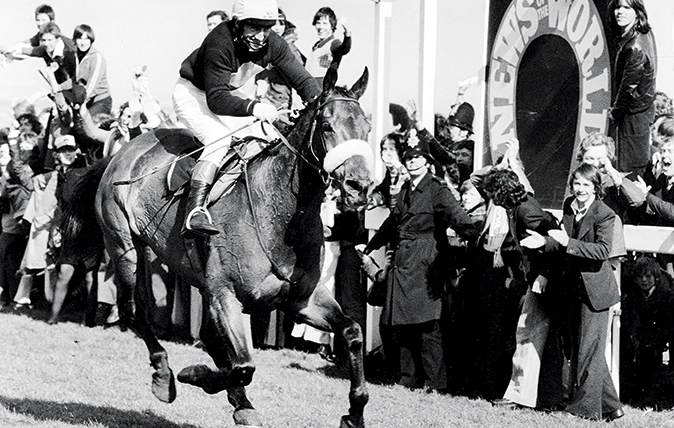
What made Red Rum the ultimate Grand National hero – and why there will never be another
Marcus Armytage celebrates the notable Grand National anniversaries and explains why there will never be another Red Rum.

Foinavon's Grand National miracle: How a 100-1 outsider won the strangest ever race
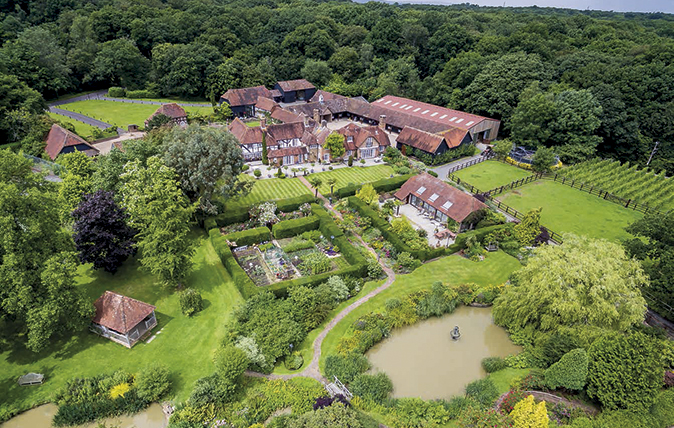
The impressive estate that the 1991 Grand National winner called home
Crimbourne Stud in Billingshurst, in West Sussex, has everything that a horse-lover could ever want.
Country Life is unlike any other magazine: the only glossy weekly on the newsstand and the only magazine that has been guest-edited by His Majesty The King not once, but twice. It is a celebration of modern rural life and all its diverse joys and pleasures — that was first published in Queen Victoria's Diamond Jubilee year. Our eclectic mixture of witty and informative content — from the most up-to-date property news and commentary and a coveted glimpse inside some of the UK's best houses and gardens, to gardening, the arts and interior design, written by experts in their field — still cannot be found in print or online, anywhere else.
